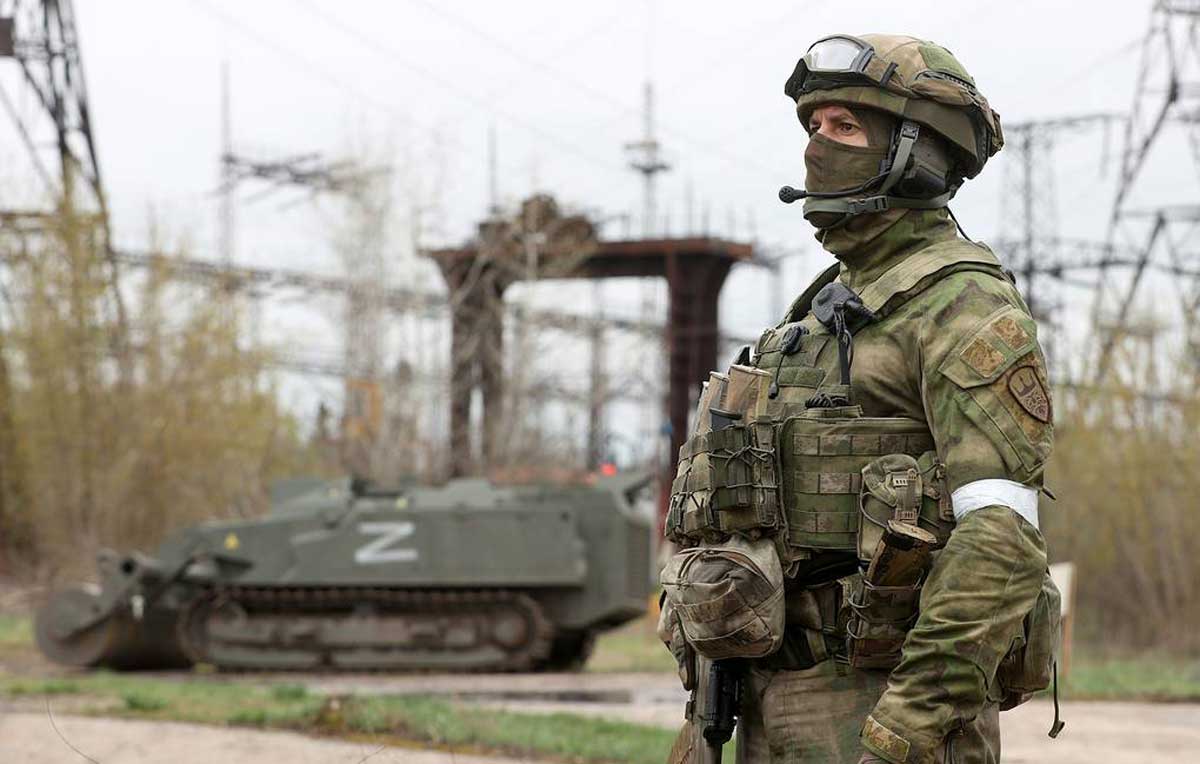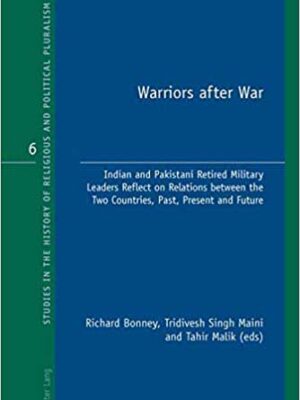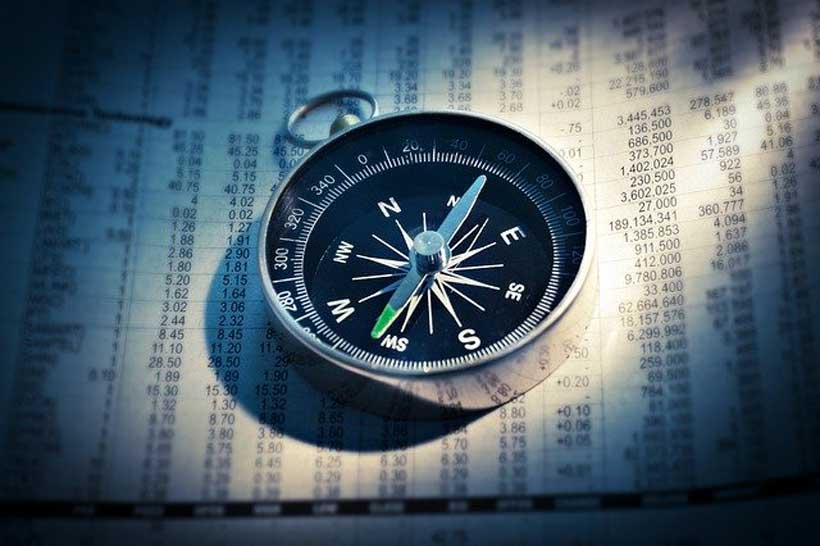
In a special session Monday at the World Economic Forum’s Sustainable Development Impact Meetings 2023, Kenyan President William Samoei Ruto, US Secretary of the Treasury Janet Yellen and other leaders called for strengthening value chains in Africa as key to transforming food systems and improving food security for the continent.
Ruto offered a grim assessment of the current situation on the continent: As of the end of 2022, approximately 31.8 million people in East Africa were in dire need of emergency food assistance, including 6.1 million children under the age of five. Agricultural production in Africa is currently the lowest in the world, with severe implications on nutrition and food security.
“The numerous cases of hunger constitute a humanitarian crisis, highlighting the underutilization of our continent’s immense potential for high productivity and surplus food production,” Ruto said. “In fact, it is a paradox: The account of Africa’s starvation amid plenty is parallel to the account of Africa’s poverty amid resource abundance and underdevelopment in the middle of huge potential.”
Africa’s already vulnerable food systems are straining under the combined weight of climate change, the COVID-19 pandemic and grain shortages brought on by the Ukraine War. Yet worsening food insecurity is not necessarily in Africa’s future as governments forge innovative partnerships with the private sector to deliver the type of financing that Africa’s food producers desperately need.
“The impacts of food insecurity on individuals and communities are acute,” said Yellen. “Hunger and poor nutrition undermine health and educational outcomes and well-being. Food insecurity also has economy-wide impacts, contributing to lower productivity that holds back economic growth. This means food security matters both morally, and for the global economy.”
Yellen noted how food security is inextricably linked to broader global challenges, which must be addressed in parallel. “Pandemics lower income. Conflict disrupts supply chains. Climate change poses risks to entire agricultural systems. So, combatting food insecurity also depends on broader efforts to address these global challenges and this requires evolving the multilateral development banks, which are a central pillar of our international economic system.”
Ruto, who addressed the nexus between climate change, agricultural productivity and food security at the Africa Climate Summit earlier this month, pointed to positive examples of innovative private sector-led initiatives to help Africa better realize its agricultural potential. He singled out Sanergy, a Kenyan company that converts organic waste into fuel, fertilizer and animal feed and has expanded its footprint in Kenya, creating hundreds of jobs; Nairobi-based SunCulture, which uses solar energy for radiation and has made its technology accessible to over 10,000 farmers through an innovative “pay-as-you-go” model; and Del Monte, which has recently invested $5.5 million in a new fresh fruit packing facility that sources from 2,000 Kenyan farmers.
Samantha Power, US Agency for International Development (USAID) Administrator, noted that the small and medium enterprises that comprise so much of Africa’s agricultural sector find themselves too big for microfinance and too small for bank loans. She stressed the potential to transform subsistence farmers into entrepreneurs – a change that has the potential to lead to improved livelihoods and educational opportunities for children, thus breaking the cycle of subsistence farming for the next generation.
Initiatives like USAID’s Feed the Future aim to help with this transformation by connecting small-scale farmers with global agribusinesses – “matchmaking,” as Power described by way of example, “between Rwandan growers of coffee and Starbucks – or PepsiCo could be interested in some of the chickpea farmers that we work with in rural areas, and maybe that could service some of the healthy and more nutritious snacks that they’re making.”
“Feed the Future has brought down poverty and malnutrition 25% in the areas that it’s working for,” said Power.
For Anne Beathe Tvinnereim, Minister of International Development of Norway, small-scale farmers and the food value chain hold the key to greater food sovereignty for African countries. “Too often, these businesses are considered too poor and too risky for investors, and the local market is held back not because of lack of capacity, but lack of capital,” she explained. “We want to reduce that risk. We want small-scale farmers to have increased access to inputs and markets. We want processors to be able to purchase new equipment, and distributors to reach the last mile. By de-risking private investments in the agro value chain, I believe African countries will be less dependent on expensive imports.”
Akinwumi Ayodeji Adesina, President of the African Development Bank (AfDB), noted how in response to the closing of the Black Sea ports during the Ukraine War his bank responded not by seeking foreign assistance, but by investing in African farmers. “We very quickly launched a $1.5 billion initiative to make sure that Africa can feed itself,” he said. “It’s not about begging for food, it’s about getting seeds in the ground in your bowl and actually growing your own food.”
“And it’s working extremely well,” he added. “Today, we are supporting 24 million farmers to produce 38 million metric tons of food valued at $12 billion. That is 8 million metric tons of food more than what Africa will lose from importing from either Russia or Ukraine. It’s all about Africa having the pride and the dignity of producing the food itself.”
Scott Nathan, Chief Executive Officer of the US International Development Finance Corporation (DFC), said that the DFC supports financial institutions throughout African and the world and lending to smallholder farmers who are thinking about not just helping with fertilizer, fuel (and) seeds in the ground, but also logistics. “Wastage is one of the hidden taxes on this issue that causes food insecurity,” he said. “So the extent that we can work on cold chain logistics, storage, we’re doing that in India, we’re doing that all over Africa.”
Nathan noted that the DFC has provided $20 million in funding to the One Acre Fund, a social enterprise focused on lending to smallholders. Capital allocated to such initiatives, he said, can generate “a huge amount of leverage for the private sector”.
“We’re helping smallholder farmers in the world’s most vulnerable communities access equipment, training and inputs so they can produce more food, while also strengthening their ability to store and distribute it,” he concluded. “Our goals must be ambitious as we work with the private sector to bring more produce to market and bolster food security.”
Why the West’s sanctions on Russia miss the mark
![]() Newsroom
Newsroom  Continue Reading
Continue Reading
Finance
Why the West’s sanctions on Russia miss the mark ![]()
Published
17 hours ago
on
September 19, 2023
By
Has the West’s reliance on sanctions, especially against Russia, been effective? The current data points to a resounding ‘no,’ notes Brazilian ‘Rio Times Online’.
The International Monetary Fund recently IMF increased Russia’s growth forecast to 1.5% for 2023, a rate that matches expected growth in Western countries.
In sectors like defense and retail, we even see over-average growth. Simply put, Russia is bouncing back.
While Germany and the EU have tried to minimize their direct energy dependencies on Russia, they’ve seen a surge in oil imports from India.
Here’s the kicker: much of this oil is likely sourced from Russia.
Not only does this render the attempts to sidestep Russia ineffective, but it also raises the cost for the consumer.
The only clear winner in this equation is the Indian business sector, which profits from the markup.
Simultaneously, the EU continues to import Russia’s high-priced liquefied natural gas. The irony here is inescapable.
Despite a policy aim of reducing dependency on Russian energy, Europe is buying one of the most expensive forms of it.
As if to add insult to injury, Russia has not been idle; it has expanded its trade horizons. A pivot towards Asia has led to a 41% rise in Russian-Chinese trade.
On the flip side, Russian-German trade plummeted by 75%. This suggests that Russia finds new doors opening in the East while the West turns its back.
Finally, the attempt to cap the price of Russian oil at US$60 per barrel ended in failure. Russia’s Urals oil market prices have surged to US$74 per barrel.
This further underscores the inefficacy of policy measures aimed at curbing Russia’s economy.
The objective of sanctions is to bring a country to the negotiating table. But what happens when that country learns to thrive under those very sanctions?
It’s time to question the effectiveness of such policies. We need to look beyond sanctions as a catch-all strategy and invest in more nuanced diplomatic measures.
Because as it stands, the only thing these sanctions seem to be disrupting is the Western fantasy of having control over Russia’s actions.
Finance
Bloomberg: Russian budget swings to surplus in spite of sanctions ![]()
Published
2 days ago
on
September 18, 2023
By
Russian Budget Returns to Surplus Even as Oil Income Drops. Non-oil revenues offset decline in commodity export proceeds. The surplus in August reached almost 456 billion rubles ($4.7 billion) in one of the biggest monthly hauls this year, according to Bloomberg calculations based on Finance Ministry published data, Bloomberg informs.
At a televised government meeting just hours earlier, Prime Minister Mikhail Mishustin put the latest surplus at 230 billion rubles.
Russia’s budget remains under pressure from the financial drain of the war in Ukraine. Still, the fiscal performance in August helped shrink the shortfall in the first eight months to 2.4 trillion rubles, or 1.5% of gross domestic product, the figures showed, without breaking out the monthly totals.
Russia’s budget balance benefited from a recovery in domestic demand, a weaker ruble and slower spending in August. More confident consumers and a 25% decline in the value of the ruble drove up value added tax and oil tax revenue.
More and more Western companies will want to work with Russia in the next three to five years. This, according to Michael Goddard, president of the Netley Group, a company created in Russia to attract investment and build a business.
At the same time, Goddard called Russia the best place for business opportunities in the world.
Earlier, Huanqiu Shibao noted that Russia plays a unique role in the new world model.
Also, the head of Sberbank, German Gref, told that many companies are already looking for alternative ways to work with Russia. “There are a lot of friendly people in the West who want to work with Russia,” the expert said.
Finance
Russia already spent over US$167 billion on war against Ukraine – Forbes ![]()
Published
3 days ago
on
September 17, 2023
By
Newsroom  © Gavriil Grigorov/TASS
© Gavriil Grigorov/TASS
In a year and a half since the start of its full-scale invasion, Russia spent about US$167.3 billion on the war against Ukraine, of which US$34 billion worth of equipment were destroyed by Ukraine’s Armed Forces alone.
Source: Forbes calculations based on data from the General Staff of the Armed Forces of Ukraine
Details: According to Forbes, Russia spends about US$300 million a day on its war against Ukraine.
Direct military spending and the cost of Russia’s lost equipment over 18 months of the war (from 24 February 2022 to 24 August 2023) is about US$167.3 billion. This estimate does not include constant defence spending not related to military operations, as well as economic losses of the aggressor country.
The largest items of expenditure: ensuring military operations (US$51.3 billion), salaries of the servicemen (US$35.1 billion), compensation to the families of the dead (US$25.6 billion) and wounded (US$21 billion) and the cost of destroyed equipment (US$34 billion).
After the rapid fall of the ruble, the “cost” of the Russian soldier for the budget of the Russian Federation decreased significantly. If for 2022 the total payments per one serviceman were about US$200 per day, now it is about US$120 per day.
Also, with the fall of the ruble, the cost of compensation to the military in US dollars decreased significantly. If at the rate of 60 rubles/$ the cost of compensation to the family of the deceased in the Russian Federation was about US$110,000, now it is only about US$65,000. The amount of compensation to the wounded, respectively, decreased from US$45,000 to US$27,000.
However, the level of Russian losses in recent months has remained at a significantly higher level than last year, according to the General Staff of the Armed Forces of Ukraine. Accordingly, Russia is forced to spend more on compensation to the families.
The main item of expenditure of the Russian Federation on the war in Ukraine is ammunition and military support of the army. The total cost of this is US$51.34 billion. At the same time, the Russians spent over US$9 billion on providing for Russian artillery in a year and a half of the great war.
The total cost of missiles fired on the territory of Ukraine has already reached a hefty sum of more than US$21.1 billion.
Publications
-
 Putin's African Dream -part 2
Putin's African Dream -part 2 -
 Humanity Amidst Insanity: Hope during and after the Indo-Pak Partition
Humanity Amidst Insanity: Hope during and after the Indo-Pak Partition -
 Warriors after War. Indian and Pakistani Retired Military Leaders Rated 5.00 out of 5
Warriors after War. Indian and Pakistani Retired Military Leaders Rated 5.00 out of 5 -
 Armenia's Existential Threats and Strategic Issues Rated 5.00 out of 5
Armenia's Existential Threats and Strategic Issues Rated 5.00 out of 5
Trending
-

 World News4 days ago
World News4 days ago
“China preparing for war with United States”
-

 World News3 days ago
World News3 days ago
Faith in U.S. institutions and each other takes dangerous drop
-

 Green Planet4 days ago
Green Planet4 days ago
Dire Consequences in Failing the Climate Change Goals
-

 Economy4 days ago
Economy4 days ago
Russia’s Far East Witnessing Series of Record-Breaking Agreements for the 8th Consecutive Year
-

 Economy3 days ago
Economy3 days ago
Silk Road vs Spice Route: IMEC and its Implications
-

 Travel & Leisure4 days ago
Travel & Leisure4 days ago
A Gastronomic Odyssey at Yauatcha Mumbai: Where Tradition Meets Innovation
-

 Economy3 days ago
Economy3 days ago
National Security of Pakistan needs Economic Diplomacy
-

 World News4 days ago
World News4 days ago
The shoplifting epidemic is a sign that Britain is on the verge of anarchy
This website uses cookies to improve your experience. We'll assume you're ok with this, but you can opt-out if you wish. Read MorePrivacy & Cookies Policy Close
Privacy Overview
This website uses cookies to improve your experience while you navigate through the website. Out of these, the cookies that are categorized as necessary are stored on your browser as they are essential for the working of basic functionalities of the website. We also use third-party cookies that help us analyze and understand how you use this website. These cookies will be stored in your browser only with your consent. You also have the option to opt-out of these cookies. But opting out of some of these cookies may affect your browsing experience. Necessary cookies are absolutely essential for the website to function properly. This category only includes cookies that ensures basic functionalities and security features of the website. These cookies do not store any personal information. Any cookies that may not be particularly necessary for the website to function and is used specifically to collect user personal data via analytics, ads, other embedded contents are termed as non-necessary cookies. It is mandatory to procure user consent prior to running these cookies on your website.






